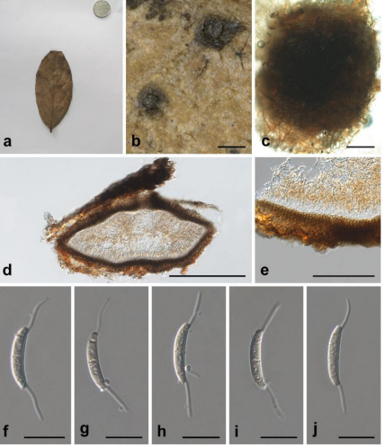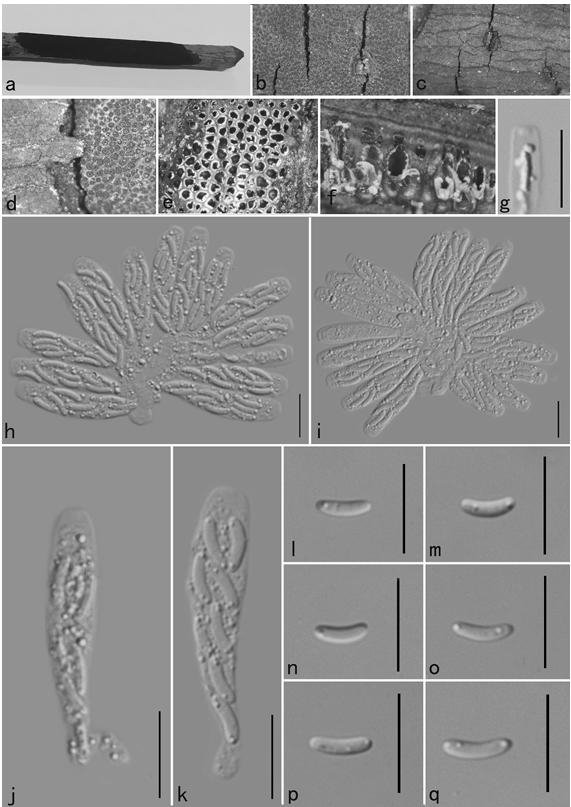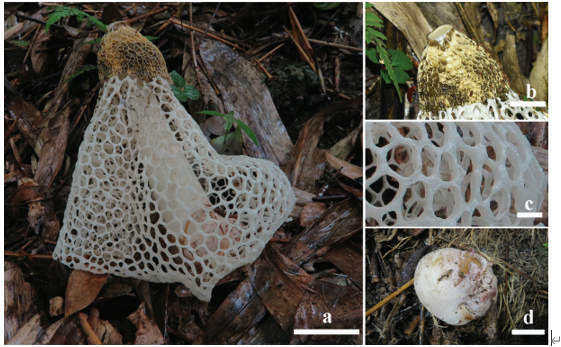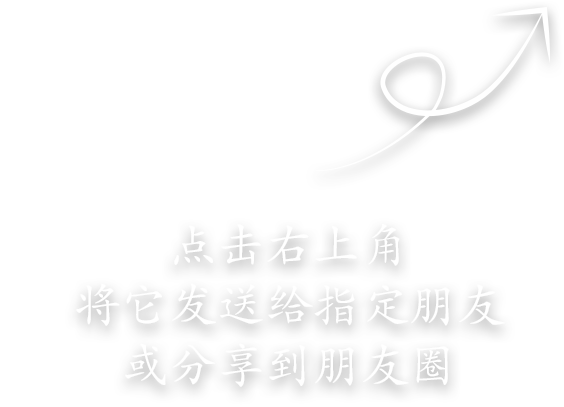Acrogenospora olivaceospora D.F. Bao, Z.L. Luo, K.D. Hyde & H.Y. Su, sp. nov. 2020
Index Fungorum number: IF 557598; Facesoffungi number: FoF 07983
Holotype: CHINA, Yunnan Province, Dali, Cangshan Mountain, on decaying wood submerged in a stream, March 2016, H.W. Shen, S-715 (MFLU 20–0290, holotype), ex-type culture, MFLUCC 20–0096.
Morphological description
Saprobic on submerged decaying wood. Sexual morph: Undetermined. Asexual morph: Colonies effuse on natural substrate, hairy, dark brown. Mycelium mostly immersed, composed of grayish brown, septate, branched, smooth hyphae.
Conidiophores 100–175 × 6–9 µm (x¯ = 137 × 7.4 µm, n = 20), mononematous, macronematous, solitary, erect, straight or slightly flexuous, cylindrical, indeterminate, unbranched, dark brown to olive, paler toward apex, septate, smooth.
Conidiogenous cells holoblastic, monoblastic, integrated, initially terminal, later becoming intercalary, cylindrical, smooth, pale brown, proliferating percurrently. Conidia 32–37 × 28–33 µm (x¯ = 34.5 × 30.5 µm n = 30), acropleurogenous, solitary, subprolate to broadly ellipsoidal, base truncate, olive to black, aseptate, thick-walled, lacking guttules, smooth.
Habitat: on decaying wood submerged in a stream.
Distribution: Yunnan Province, Dali, Cangshan Mountain,china.
GenBank Accession: LSU MT340731; SSU MT340742; RPB2 MT367158; TEF-1α MT367150
Notes: In the phylogenetic analyses, Acrogenospora olivaceospora clustered with A. sphaerocephala (MFLU 181130 and MFLUCC 16-0179). However, A. olivaceospora differs from A. sphaerocephala by the shape, color and size of conidia (Table 2). Acrogenospora olivaceospora has olive to black, subprolate to broadly ellipsoidal conidia, lacking guttules, while conidia of A. sphaerocephala are olive-green to brown, spherical or subspherical and guttulate.
Reference: Dan-Feng Ba1,2,3, Eric H. C. McKenzie4, D. Jayarama Bhat5 et al.
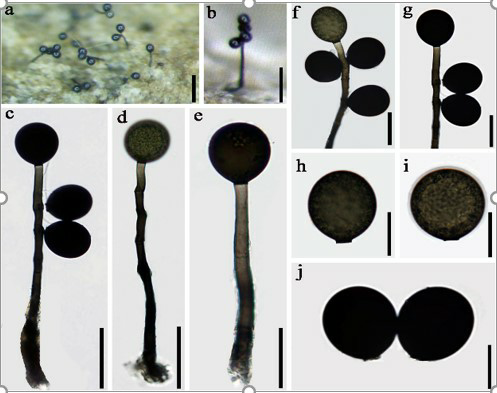
Acrogenospora olivaceospora. (MFLU 20–0295, holotype) (a) Colony on wood. (b-e) Conidiophores with conidia. (f-i) Conidiogenous cells with conidia. (j-n) Conidia. Scale bars. (a)200µm. (b-e)50µm. (f-h)30µm. (i-n)20µm.


